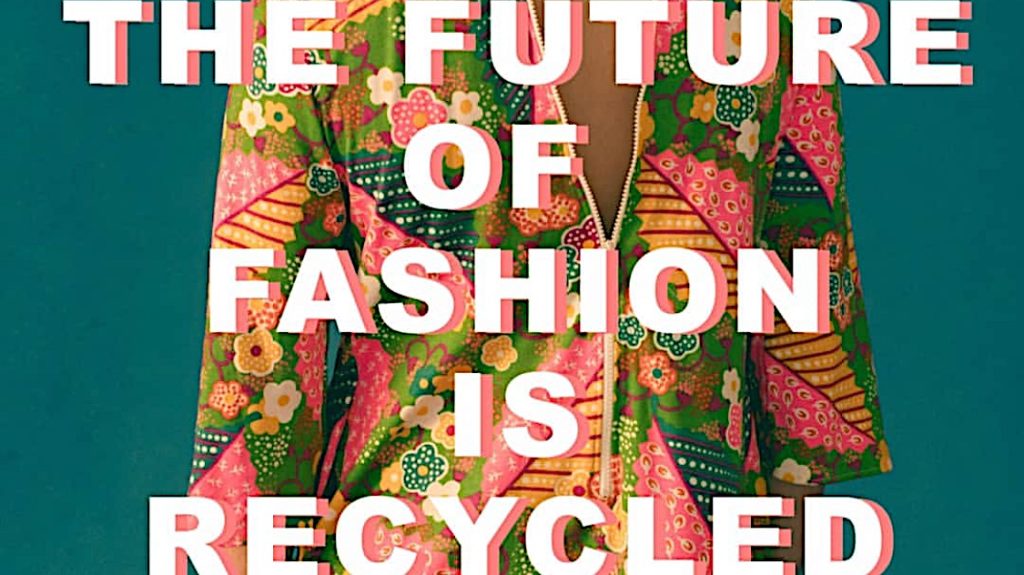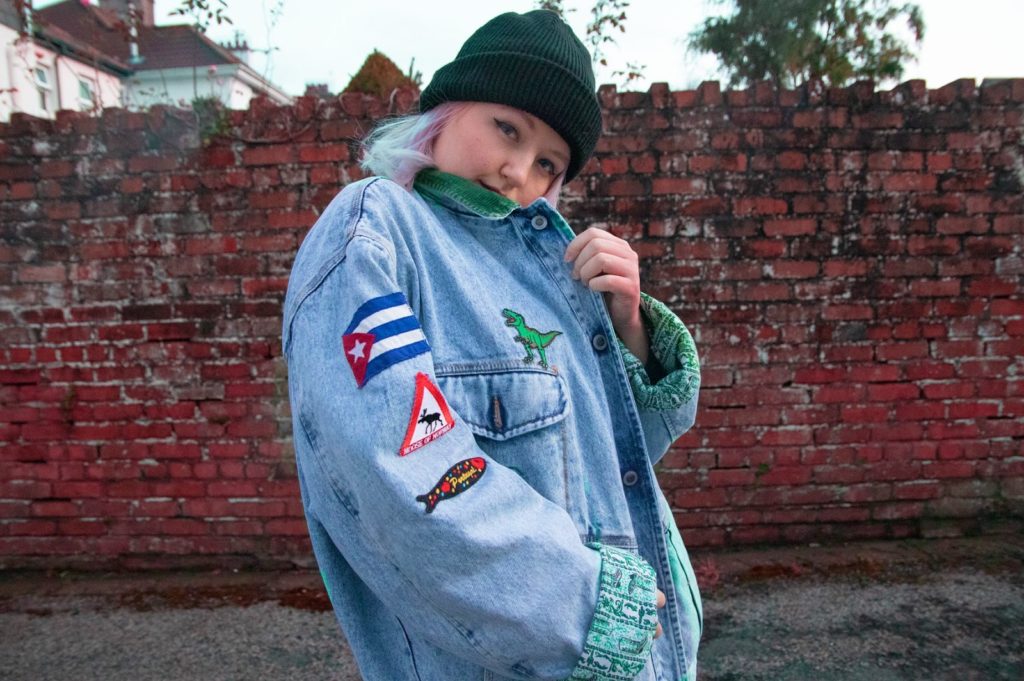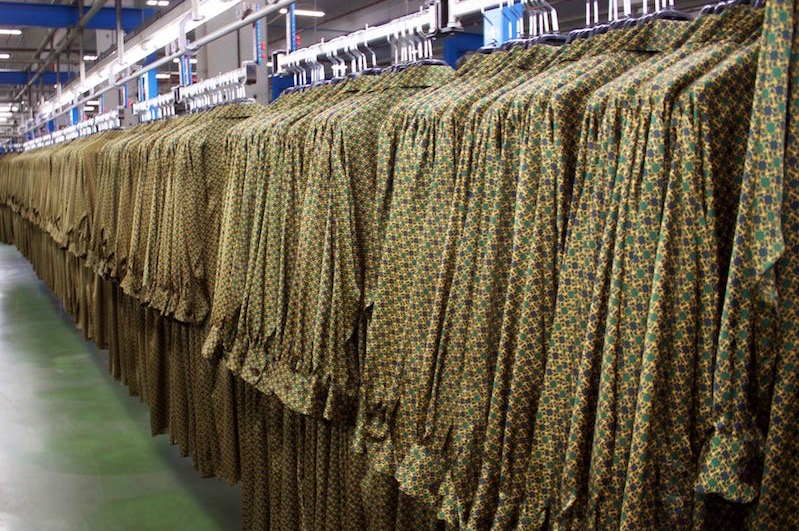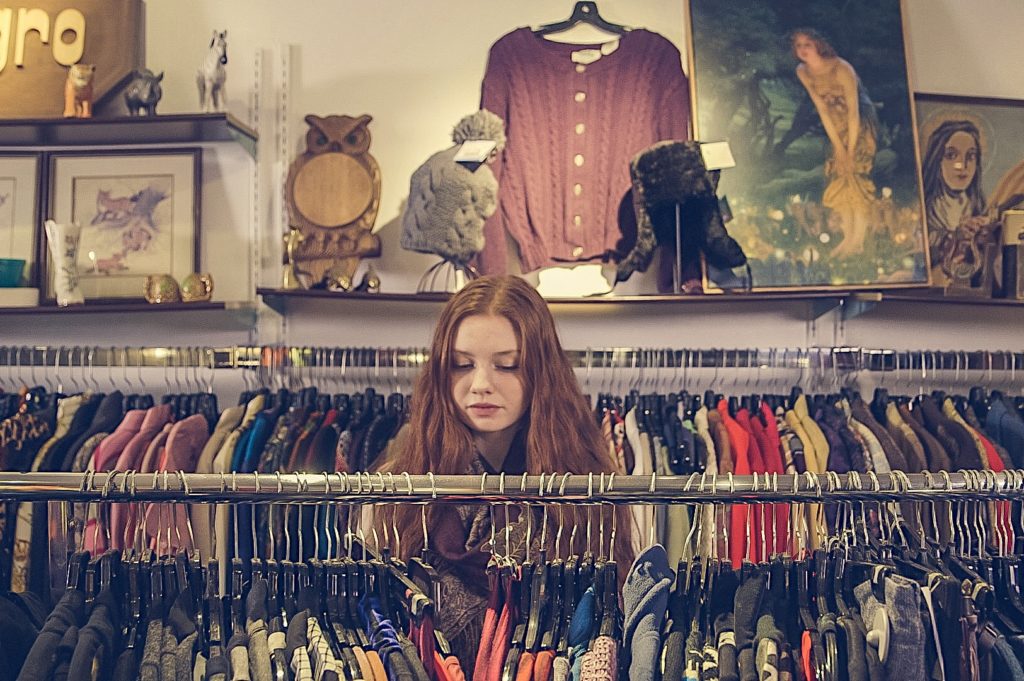The fashion industry is one of the biggest polluters in the world. How to become a person living sustainably?

For many young people, having a pair of Dr Martens’ boots is a hallmark of fashion. One couple of ordinary Dr Martens adult boots sells for about 120 pound, while a girl bought a limited edition for just four pounds.
“I bought them at a charity shop. They weren’t even my size. I was just like I need to buy these and then I gave them to my friend as a present,” said Izzy, a blogger and quirky environmentalist, as she calls herself on her blog.
Izzy often gets what she likes by very little money in second-hand shops.”One dress I had I wore until it ripped. I would wear it almost every night out in the university, and I got that for a pound, and I probably wore it like 100 times.”

In seven years, Izzy has significantly cut down the number of purchases of new clothes. When she was 18, she realised it was time for a change. “I went travelling, and then I sort of realised how my consumption and the stuff that I was buying was harming people on the other side of the world, so I started looking into ethical fashion.”
Izzy runs a sustainable living website and a YouTube account, explaining to people why fast fashion is bad, sharing her experience of living more environmentally friendly and providing resources to help other people live more sustainably.
She thinks lots of young people are addicted to shopping, that they always desire the newest thing and they want to look like their favourite influencer who’s wearing a new outfit every day.

She believes that many people are stuck in the cycle of equating their happiness to shopping. “If you buy something from a fast fashion website, as soon as it comes and you’ve tried it on, then that way’s off, like, temporary happiness you get from it and then you want to buy another thing to keep that happiness going.”
While the happiness of buying fast fashion is fleeting, it produces a lot of pollution. Izzy said she wanted to avoid supporting something that was big of an issue to the environment.

However, it seems more difficult to buy clothes in a second-hand store than fast-fashion clothes, because in many cases, each piece of clothes may only have one size. So a few years ago, Izzy started learning how to redesign or repair her clothes on YouTube.
“I’ve become a huge fan of visible mending. It’s the idea of fixing clothes not so they look like they did originally, but so you can see the repair,“ said Izzy. “You’re enhancing clothes by fixing them, making them more unique and personal before they broke!”
Izzy has inspired many people to live sustainably, and how exactly shall one start changing?

“Start by maybe looking in charity shops more or unsubscribing from email list from fast fashion brands. If shopping is your hobby, maybe find a different entertainment to fill your time” Izzy suggested.
“Even I sometimes find it hard to resist going into fast fashion places, so I would say, don’t beat yourself up. Just do things slowly and just slowly try and change your mindset away from fast fashion and more into sustainable living.”

